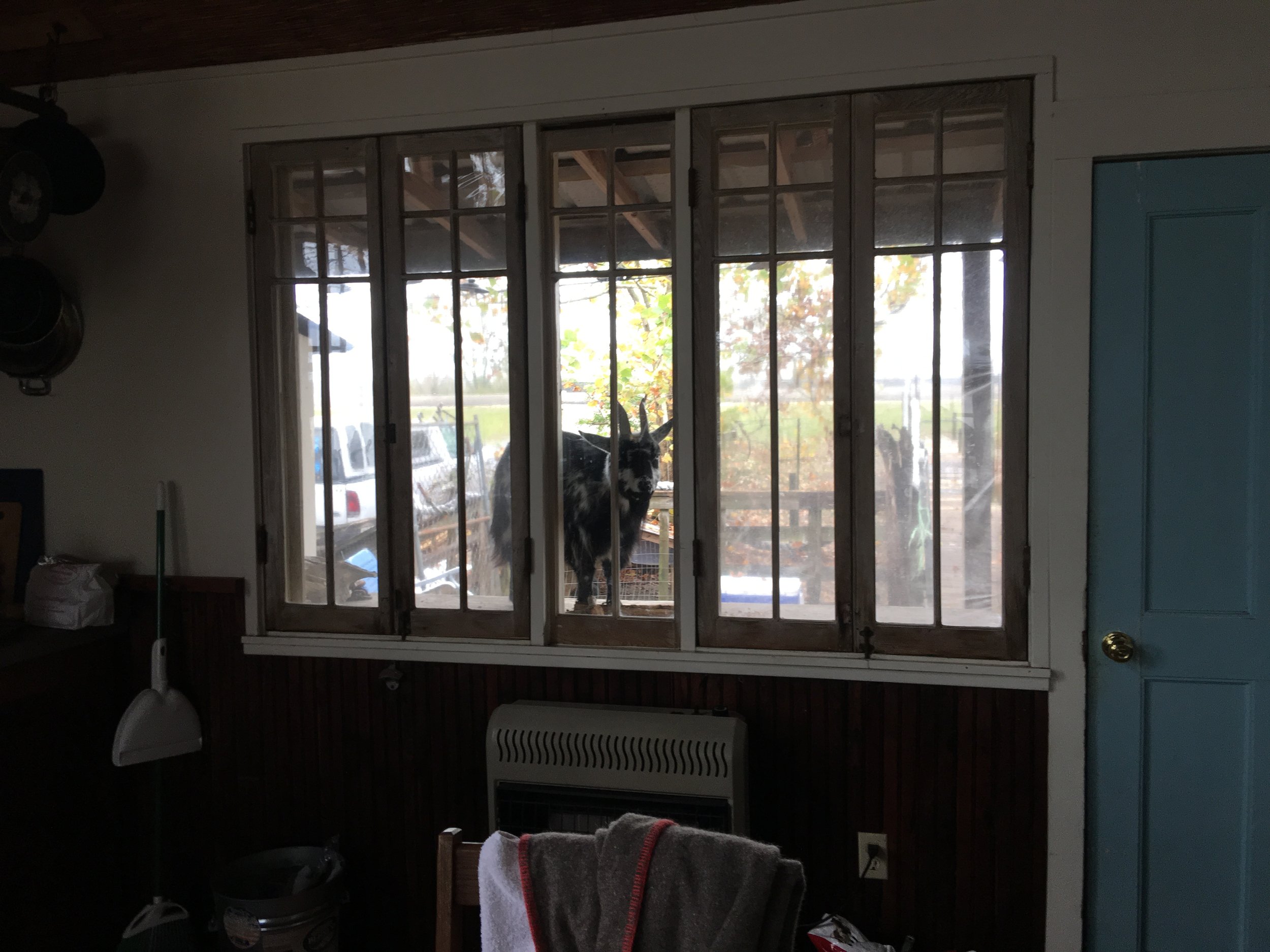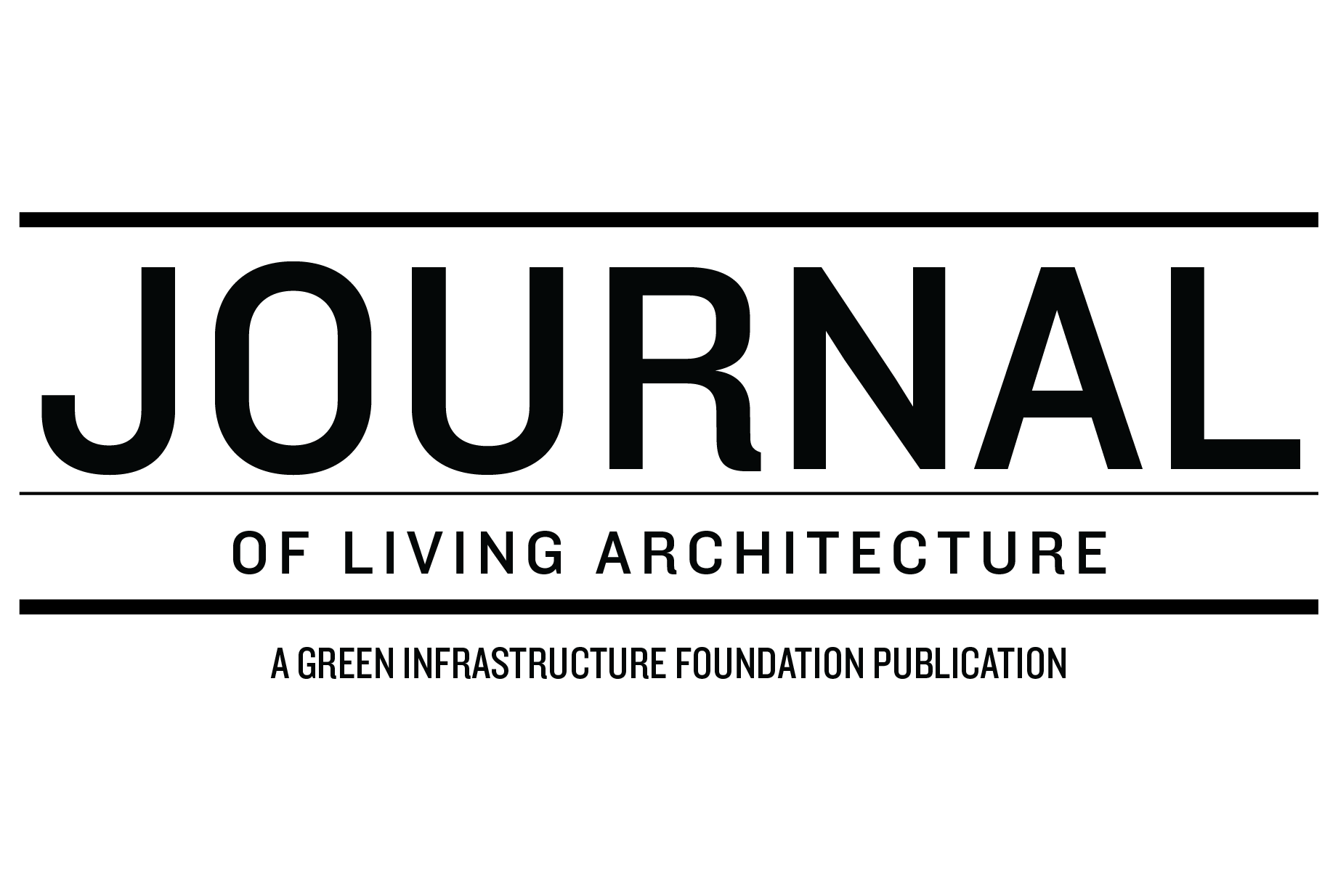Understanding Biophilic Holism or H2Olism
Advertisement
I grew up in New Orleans, which is located below sea level. We would watch ships towering above the Mississippi River levee when the river was high, reinforcing the precarious nature of a city located down in a bowl surrounded by water.
Although the camp is simple, it has a soul. Consider the biophilic principles, experiences and attributes that it embraces. Photo: Elizabeth Calabrese
One day in 2019, I was riding my bike on the levee and noticed a dozen or so dwellings on the river side of the levee, thus unprotected by human constructs and technology. These camps were perched on stilts, waves from ships sloshed beneath them, and long raised wooden plank walkways were their only connection to dry land where two little goats were grazing. The camps were so magical… and biophilic! Or perhaps because they were so biophilic, they were magical. I ended up living in one of the river camps for over two years…the one with the goats.
Biophilia means “love of life”. The term is used to describe our innate connection to life and lifelike processes. Biophilic design is a strategy to design with natural systems and processes (rather than against them) and is intended to promote human and environmental health and wellbeing. Biophilic holism is the application of biophilic principles, experiences and attributes in a holistic or integrative way.
Biophilia and ecology are at the foundation and core of the “magic” that the river camps bestowed, or what Christopher Alexander, co-author of A Pattern Language, would call, “the quality with no name.” The camps exist in harmony with the rise and fall of the river and do not rely on a constant supply of the diesel that powers the massive water pumps required to keep the city from flooding after each rain event.
Advertisement
Many of the oldest houses within the levees of New Orleans were built on silt deposits left by the river and are raised a few feet off the ground on masonry piers. These houses do not tend to flood when hurricanes hit, levees break, or water pumps fail. They have tall ceilings with fans, verandas and porches that help manage the extreme southern heat and abundant rainfall. In contrast, newer houses are often slab on grade in increasingly lower lying areas, the result of an expanding city footprint. Their ceilings are low and overhangs minimal. They often lack the magical and biophilic qualities the older vernacular homes and river camps exemplify. Most of all, they rely primarily on technology to keep them from flooding and to manage the heat.
You never knew what would be floating or flying by...tug boats, ships from around the world or bald eagles catching fish and hunting cormorants. Although the jalousie windows were drafty, they made the camp feel like inside/outside space, also known as the transition space attribute. Photo: Elizabeth Calabrese
In the past, the land alongside the river was marginalized by industry, waste, and pollution. Flat boats and houseboats would tie up on the riverbank between the low and high-water marks, otherwise known as the “batture.” Shanty boats were put onto stilts and shacks were built with salvaged wood. Entire communities lived on the fringes of the city, on the wild side of the levee. Those encampments have all been washed away or demolished now, except for a dozen or so.
Water is one of the most powerful forces on earth and is a key biophilic attribute. It brings forth life and it can quickly take it away. Designing with water - rather than against it - can save energy, conserve resources, and help to create magical spaces.
When biophilic design is considered in a piecemeal or unsystematic way, a single water feature can add to the enjoyment of a space and count towards WELL Building Certification. However, when considered holistically, a water feature could be an integral part of an ecosystem approach to the design process. Some questions designers should ask would be:
How can water that is pre-existing or coming onto a site by precipitation, runoff, condensate, etc. be celebrated and incorporated in a mutually reinforcing, interconnected, and integrated way?
How can the design foster a repeated and sustained engagement with nature, and encourage an emotional attachment to a particular setting and place?
How can the design focus on human adaptations to the natural world that over evolutionary time have advanced people’s health, fitness, and wellbeing?
How can the design promote positive interactions between people and nature that encourage an expanded sense of relationship and responsibility for the human and natural communities?
Advertisement
The lower driveway disappeared when the water was high and the river deck became a pier for catching fish. Photo: Elizabeth Calabrese
Now, consider three basic ways to experience nature: directly, indirectly, and through space and place. Each type of experience is associated with 24 biophilic attributes. Direct experiences of nature include light, air, water, plants, animals, weather, natural landscapes and ecosystems, and fire. Indirect experiences of nature include images of nature, natural materials, natural colors, simulating natural light and air, naturalistic shapes and forms, evoking nature, information richness; age, change, and patina of time; natural geometries, and biomimicry. Experiences of nature through space and place include prospect and refuge, organized complexity, integration of parts to wholes, transitional spaces, mobility and wayfinding, and cultural and ecological attachment to place. I shall be reviewing these attributes at my biophilic workshop at CitiesAlive on October 16th.
Sunsets were both social and spiritual experiences. Although there were industrial aspects of the river, nature was abundant and thrived. Photo: Elizabeth Calabrese
Although water is just one of the 24 biophilic attributes I have just listed, it is extremely significant. Water can have a profound effect on the built environment. Now, let’s now consider why the river camp that I lived in was so biophilic and magical. It was immersed in the surrounding ecosystem and existed in unison with the seasonally changing water levels. Decks became piers when the water was high and were the perfect place to catch huge channel catfish and spend afternoons watching the coming and going of pelicans, whistling ducks, herons, egrets, cormorants, and bald eagles. The house on stilts was built with salvaged materials from old houses and discarded wood from local projects and renovations. Willow trees that were not eaten by the goats sprouted up around the piers and grew roots from their branches when the water was high. The sun set every evening over the river with a sinking montage of orange, pink, purple and blue. Large trees closer to the levee provided summer shade and the river breeze danced dappled light across the decks and through the jalousie windows.
A wood stove made the camp drier and warmer on cold winter nights and provided a warm snuggly glow. The goats always attracted much attention. People passing by paused to watch them graze and parents flanked with children made offerings of oats and leaves. At night, the swoosh of the waves either outside the windows or below the house would help lull me to sleep. Ceiling fans kept warm summer air moving and piles of driftwood that had been deposited by the river were selectively collected and adorned the interior and exterior of the camp, or served as fuel.
Dinky (shown) and Inky lived on the levee-side deck. Animals are a direct experience of nature and grazing animals instill a sense of calm in our lives. Photo: Elizabeth Calabrese
Don’t get me wrong, there were also times when it was too darn hot, the mosquitos too intense, or my feet too cold. However, this idea of designing biophilic and magical spaces is profound. Working with and embracing natural systems and processes saves energy and resources, while fighting against mother nature is expensive and she often wins regardless. Lastly, we are still hunter gatherers at heart and respond to the space around us as our ancestors did.
Advertisement
Elizabeth Calabrese is a practicing architect, a member of the WELL Building Faculty and an AIA Continuing Education Provider. She has design projects, facilitates workshops, teaches, and consults about biophilia and biophilic design around the globe. Elizabeth currently resides between New Orleans, LA and Burlington, VT. Email her here.
I will be facilitating a Biophilic Holism workshop at the CitiesAlive 2022 conference in Philadelphia, PA on October 16 from 12:30 – 4pm and would love to help you explore how to create your next biophilic and magical project. Please register for the workshop here.









